ESENG
ESENG® Chinese Xuan Paper
ESENG® Chinese Xuan Paper
Couldn't load pickup availability
Share
- SE: Unprocessed paper (Sheng Xuan) absorbs water very easily and therefore the ink can seep through quickly.
- BS: With a half-process, the paper (Banshu Xuan, Semi-Shu Xuan) is thus optimally oriented towards calligraphy and artistic creation. The paper is sufficiently absorbent to absorb the ink, but will not let much seep through.
- SU: Processed paper (Shu Xuan), on the other hand, is coated with a thin layer (gelatin made from bone and alum). This type of paper does not absorb ink and is very strong.
- Size: 34x34cm, 34x69cm & 34x138cm. Each pad contains 100 sheets of paper, unbound.
- Weight: approx. 32g/m2
- Quality level: TePi-A
- Place of origin: Xuancheng, China
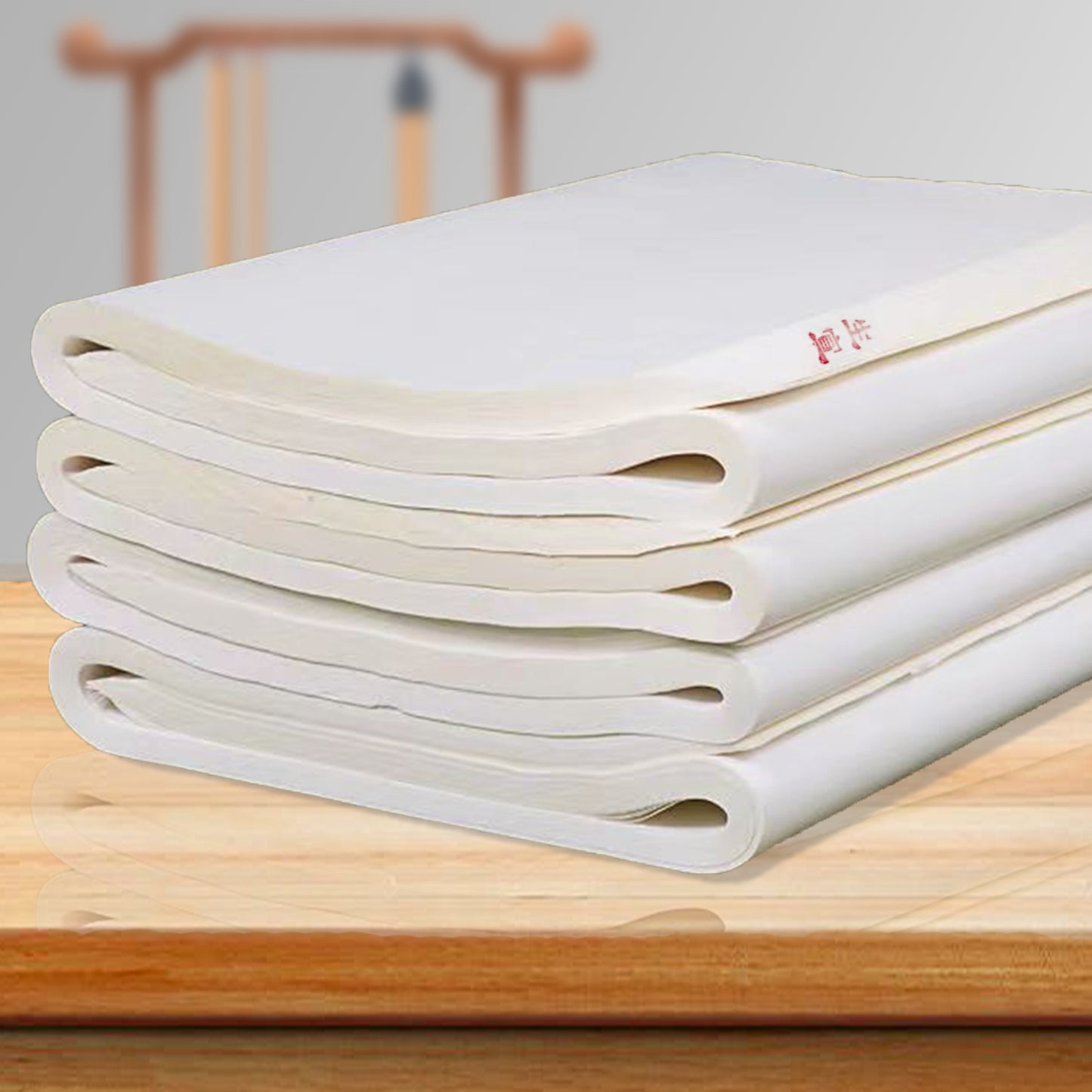
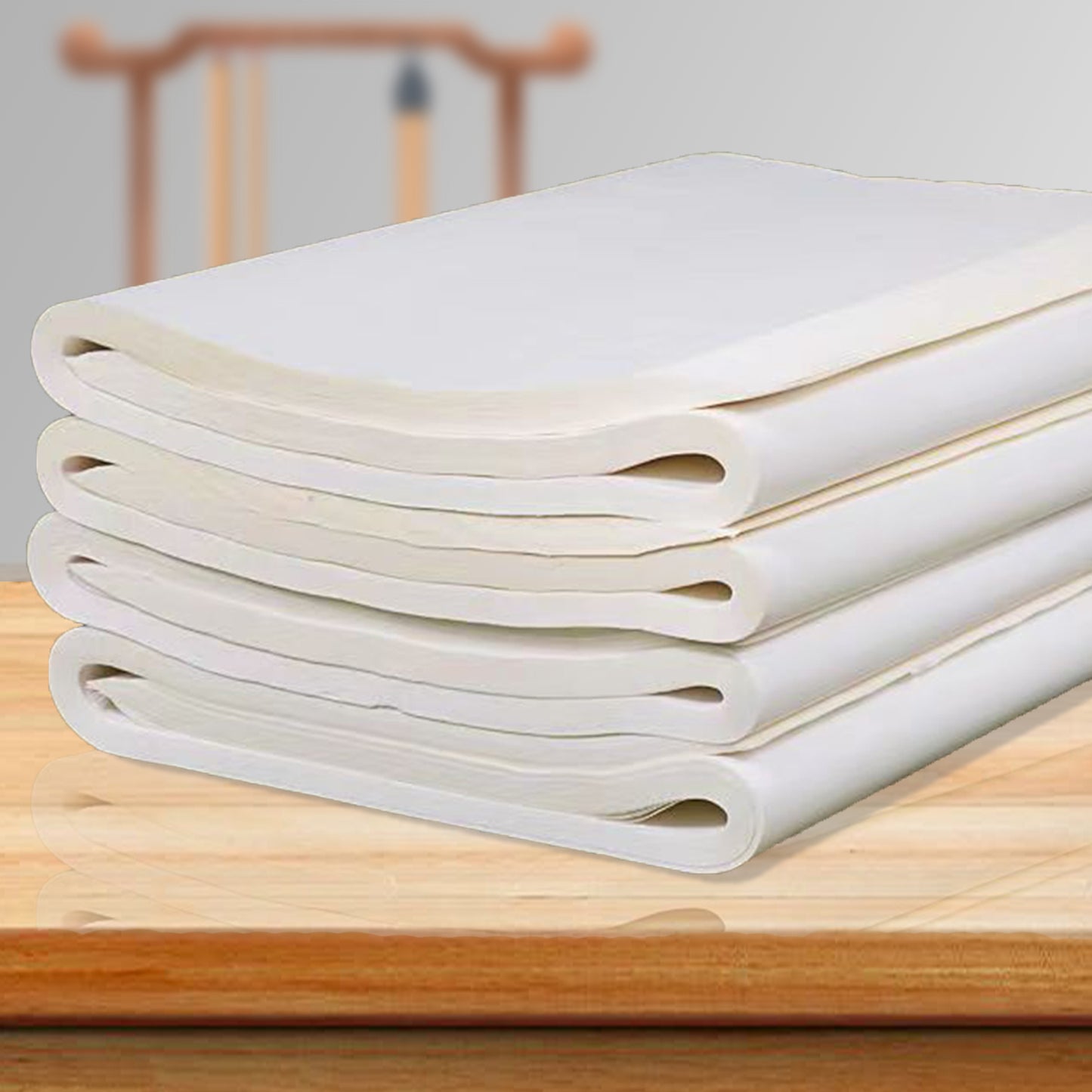
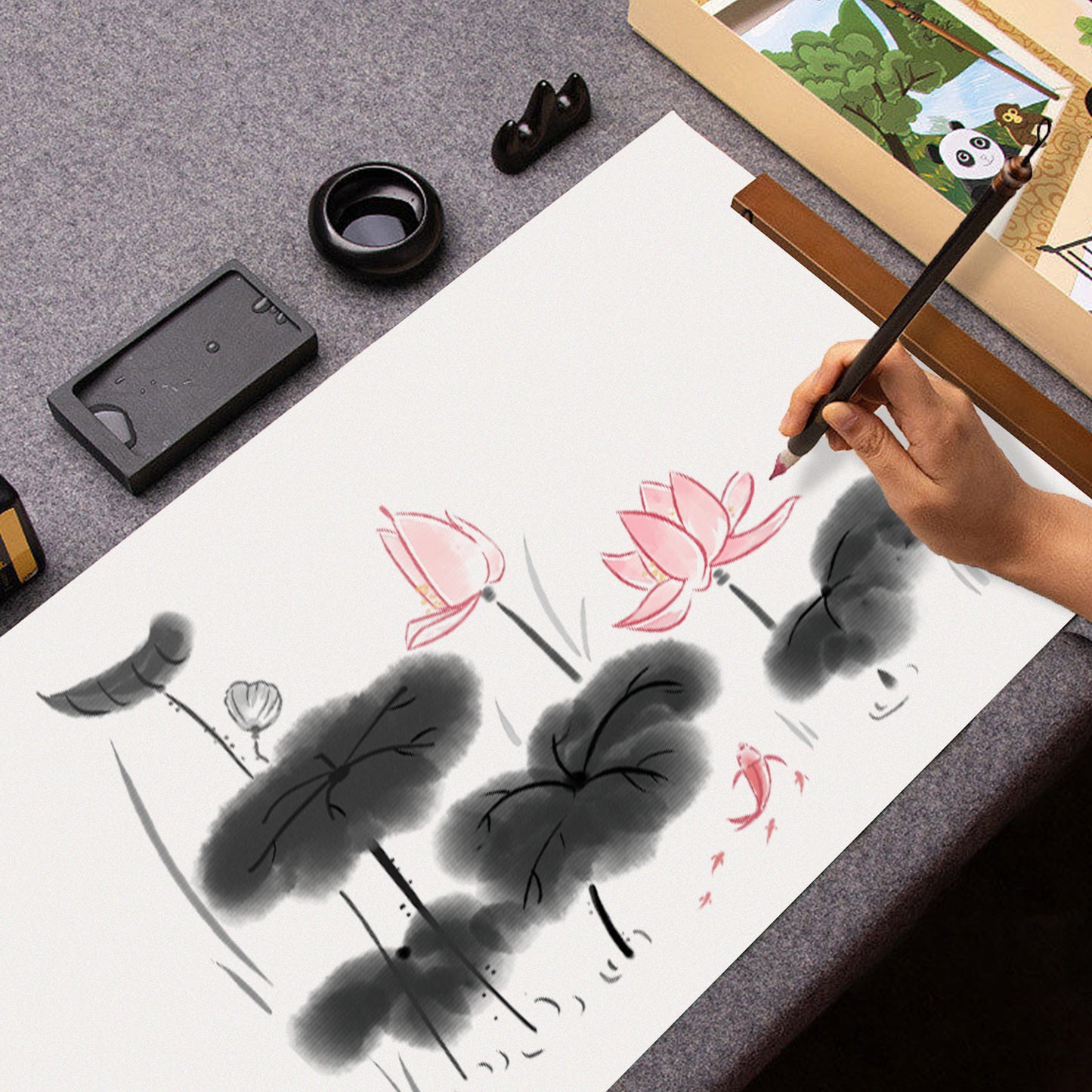
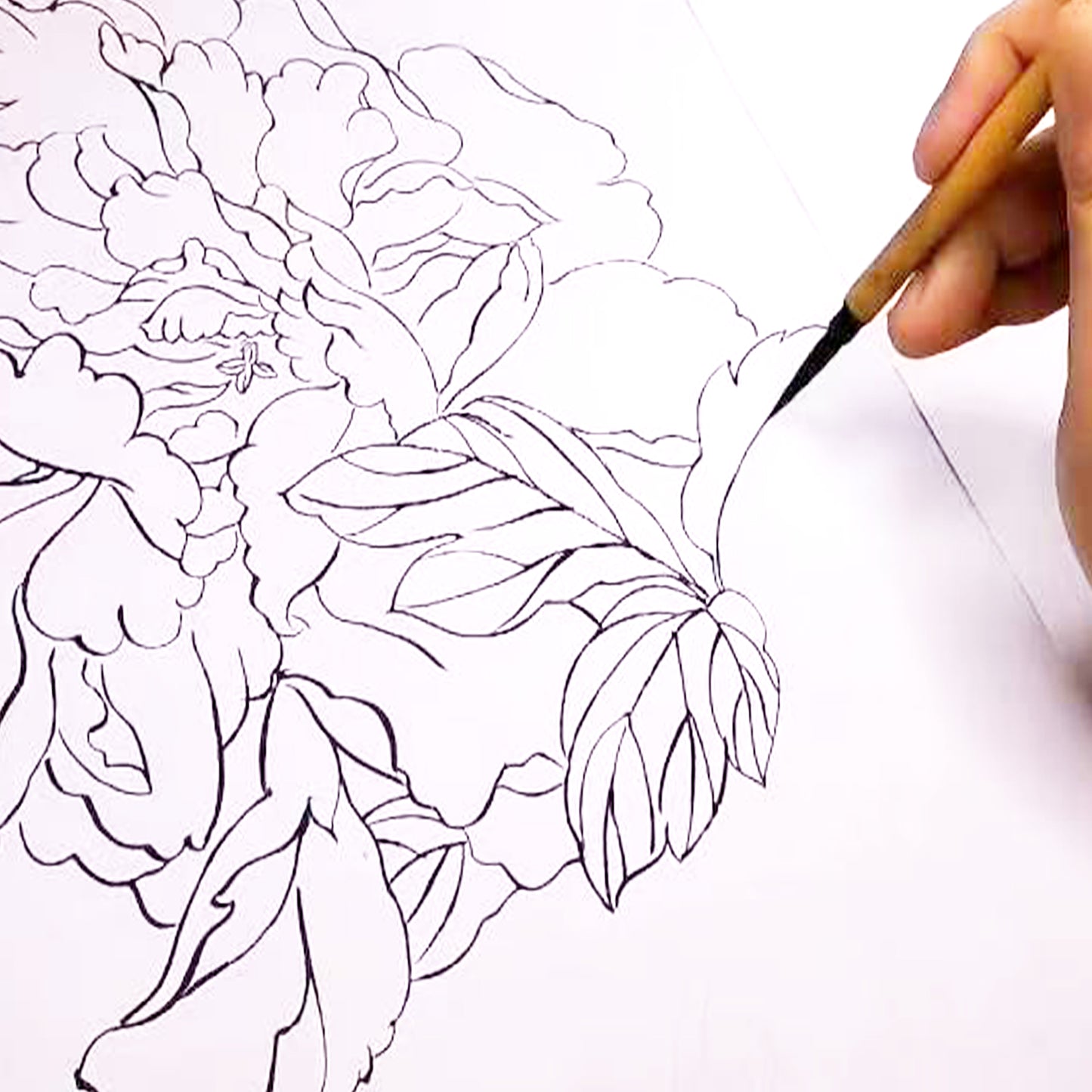
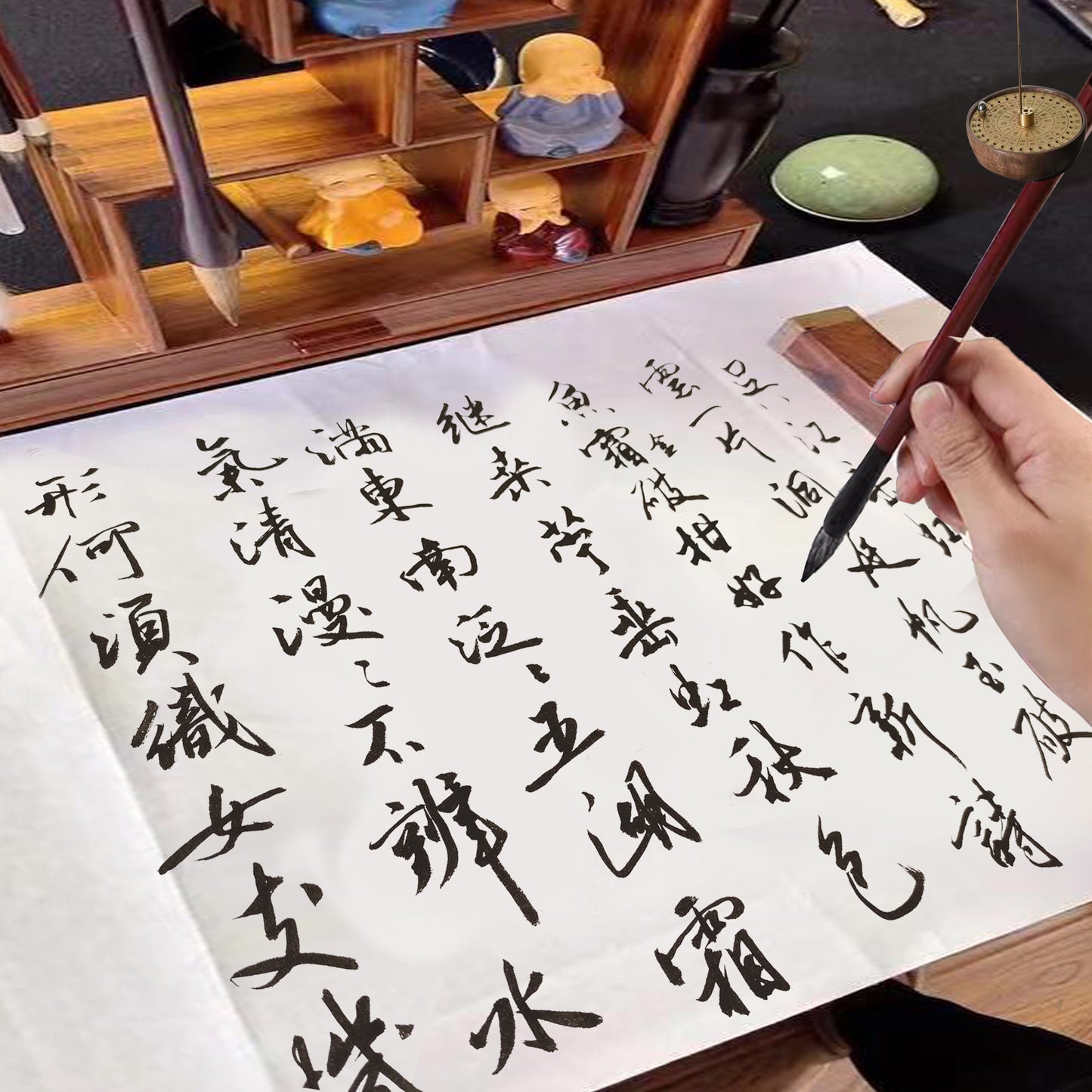
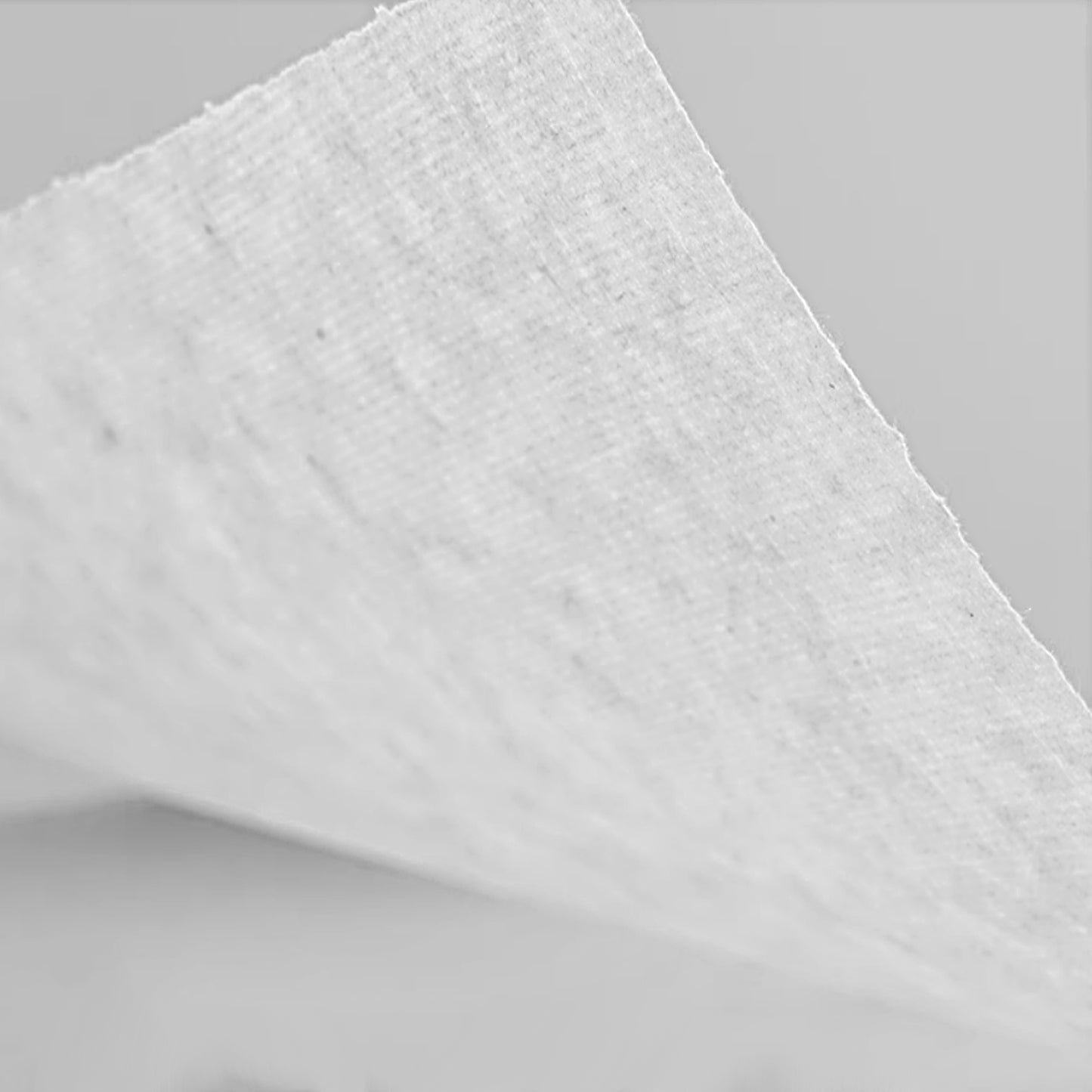
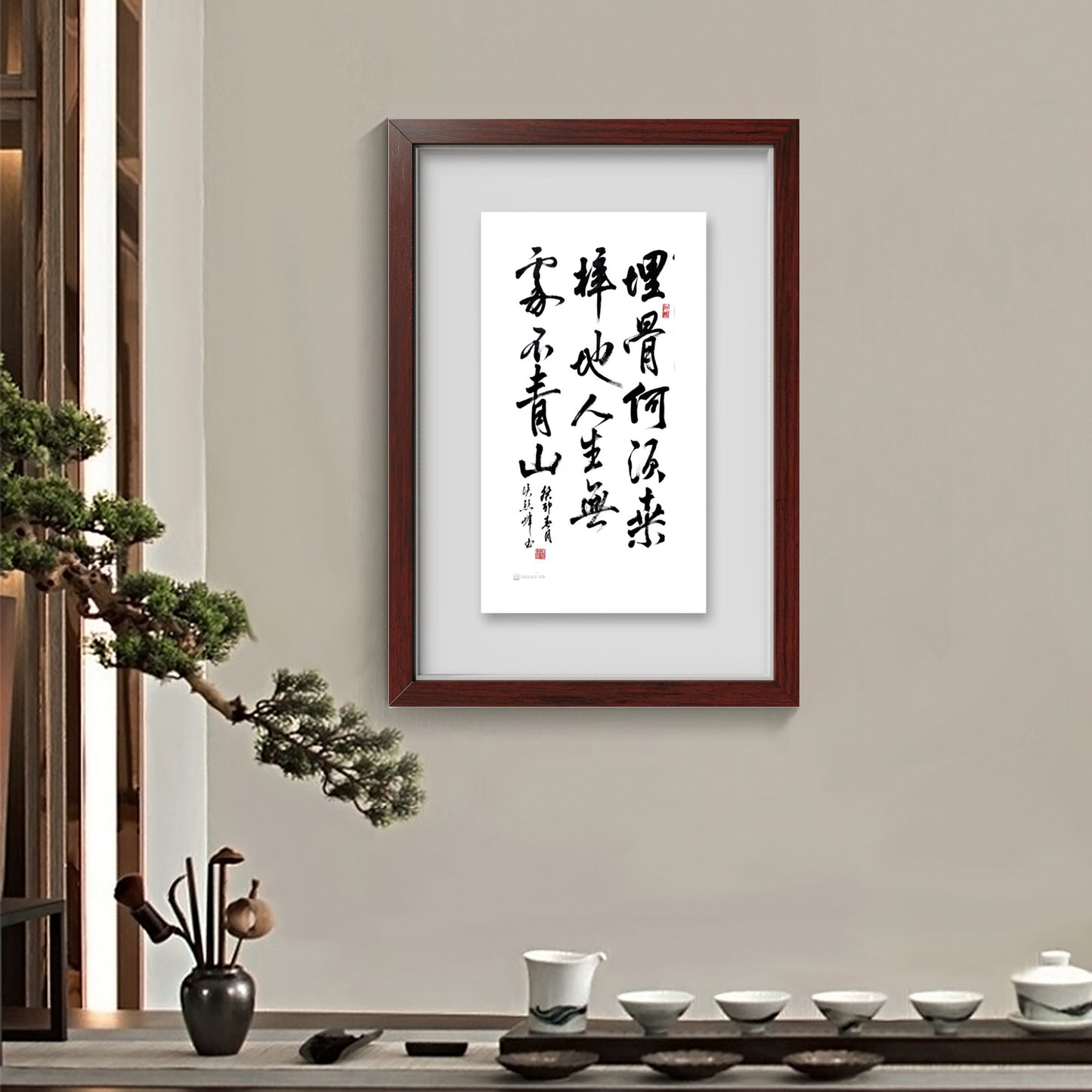
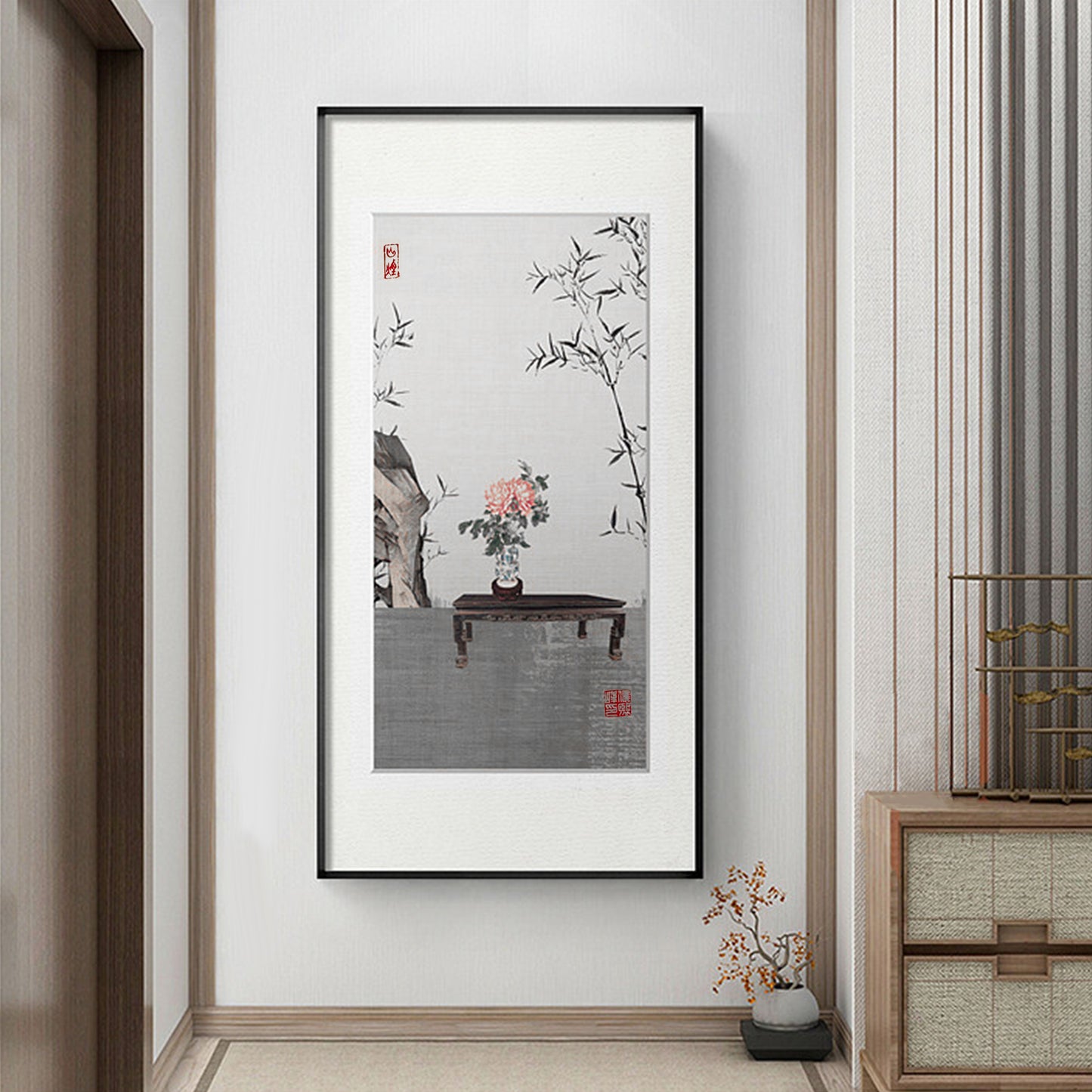

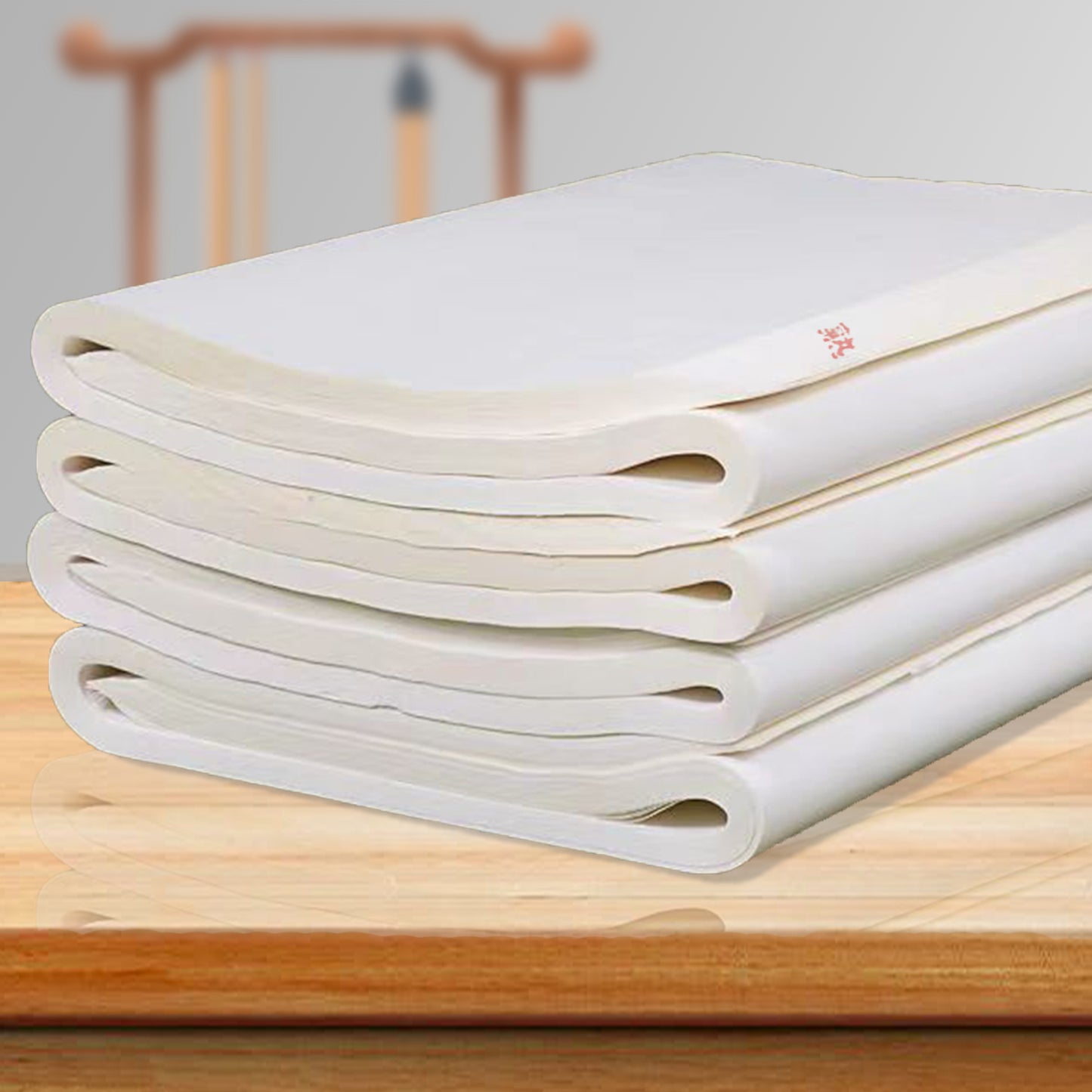
-
CUSTOMER FOCUSED
Safety, environmental protection, affordable price and customer-oriented design when designing our products are ESENG's goals. If you are not satisfied with our goods, we guarantee you a 100% refund of the purchase price.
wunderschönes Papier für Kalligraphie sumi-e oder sogar für Aquarell geeignet!
Das Xuan-Papier (chinesisch Pinyin xuānzhǐ) ist die repräsentative Art von Chinapapier und hat für die Gelehrten in Ostasien einen einzigartig hohen Stellenwert. Dieses Papier wird hauptsächlich für die Kalligrafie und Tuschmalerei verwendet. Seine Herstellungstechnik wird offiziell als nationales immaterielles Kulturerbe anerkannt. Es wird auch als der „König aller Papier“ bezeichnet.
wunderschönes Papier für Kalligraphie sumi-e oder sogar für Aquarell geeignet!
Das Xuan-Papier (chinesisch Pinyin xuānzhǐ) ist die repräsentative Art von Chinapapier und hat für die Gelehrten in Ostasien einen einzigartig hohen Stellenwert. Dieses Papier wird hauptsächlich für die Kalligrafie und Tuschmalerei verwendet. Seine Herstellungstechnik wird offiziell als nationales immaterielles Kulturerbe anerkannt. Es wird auch als der „König aller Papier“ bezeichnet.








